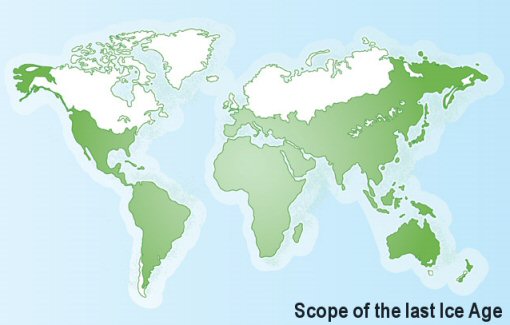Climate Change - "The climate has always changed .......what is all the fuss about?"
The climate has changed before. When people say "It's changed before without people, so people can't be involved this time" ....think of forest fires . Fires happened throughout time, does that mean people can't start fires? Ice ages, warm times ... the geological record in the rocks shows many events. Even so, the current changes are very unusual . Note that in the "Years before present" scale, zero = 1950 AD Graph based on a paper published in 2013 The recent rise in temperature is very fast. What other kinds of changes are happening? Geologists have compared the past with the present. This report - Climate Change Evidence: The Geological Society of London explains what they have discovered. This is based on part of that report: "Before the current warming trend began, temperatures were declining. This cooling took Earth’s climate into the ‘Little Ice Age’ (1450 – 1850). Calculations indi...
